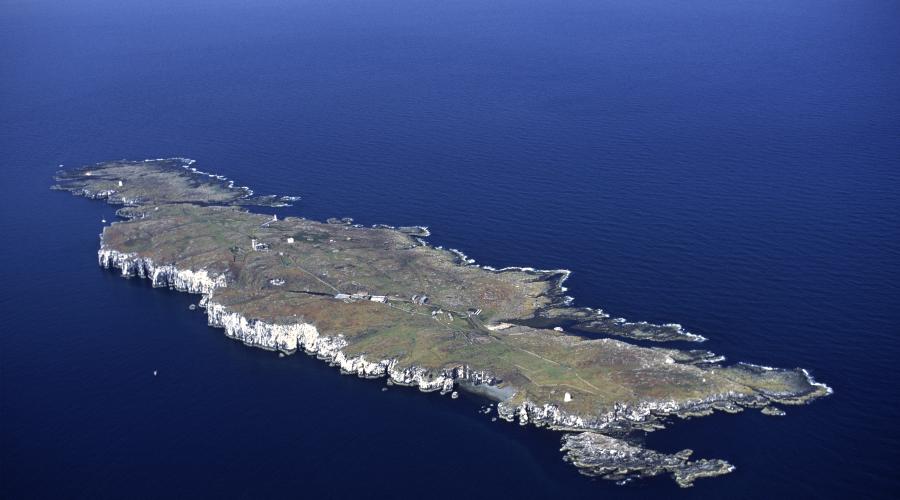
Isle of May NNR - About the reserve
The Isle of May is managed to provide a haven for breeding seabirds and seals.

Managing habitats and inspiring people
The Isle of May NNR lies off Scotland’s east coast, at the entrance to the Firth of Forth. For its small size it has a tremendous variety of wildlife. The reserve is renowned for its rich bird life, seals and reefs. It also has an interesting religious and maritime history.
The breeding success of many of the species found on the Isle of May is influenced by climate change. This affects food sources, and there is limited on-site management we can do to change that. So we focus on what we can do by limiting disturbance and inspiring visitors.
Island habitats
We will continue work to improve the productivity of terns on the island. We do this by creating additional habitats for these birds. This involves providing sheltered breeding sites, reducing predation and managing gulls that specialise in taking tern chicks.
We also manage vegetation in the eider breeding areas, which makes nesting easier.
Engaging people with nature
Our priorities are to make visiting the reserve a memorable experience for everyone and to inspire visitors about nature. The visitor centre, facilities and paths are managed to make access as easy as possible, while reducing disturbance and habitat damage. We will continue to provide information through displays and by talking with visitors to the island.
We’ll also encourage people to make changes to their lifestyles that will benefit wildlife and the natural environment.
Management planning
We plan our management carefully to make sure that the special qualities of the reserve thrive. In this way, it will always give visitors an enjoyable experience and engage people with nature.
We produce 10-year management plans for our reserves. Find out more about how we manage Isle of May NNR:
- The Management Plan – sets out our priorities and tasks for managing the reserve between 2015 and 2025.
- The Reserve Story – an introduction to the natural heritage, historical interest, past management and designations which protect the reserve.
- Read our yearly reports on all aspects of the Isle of May. Annual reports 2010-2018, 2019, 2020, 2021, 2022
Isle of May NNR overlaps with several protected areas:
- Forth Islands Special Protection Area
- Isle of May Special Area of Conservation
- Isle of May Site of Special Scientific Interest
Find out more about these protected areas and their designated features by searching the map.
Find out more on
- Visiting the reserve
- Visiting the reserve guidebook
- Getting involved
- Visit more of our nature reserves
Related Links
- Designation and management of Scotland’s National Nature Reserves
- Learn more about other protected areas




